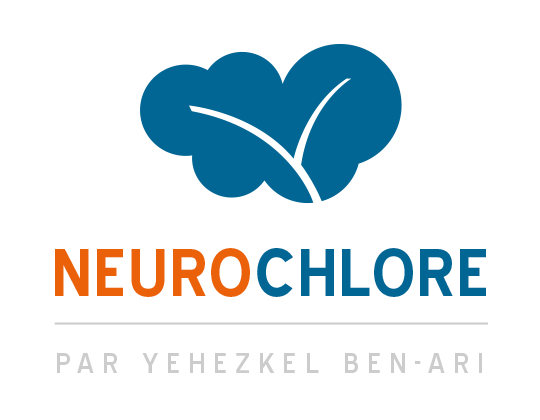News
The GABA developmental sequence is altered in a mouse model of Rett Syndrome
The activity of the neurotransmitter GABA, the main inhibitory transmitter in the brain, follows a developmental sequence. In early development GABA excites neurons via type A GABA receptors (GABAAR), and later it inhibits them. In addition, during the critical period of birth, as a protective mechanism, GABA becomes temporarily inhibitory. Five years ago, we showed that this sequence is altered in two rodent models of autism, GABA being excitatory at birth and remaining so up until 2 weeks later (postnatal day 15; P15), when its activity should be inhibitory1. Our latest work published in Scientific Reports2 shows that the GABAergic developmental sequence is similarly altered in a mouse model of Rett Syndrome with GABA being excitatory at birth and at P15. Furthermore, treating the pregnant “Rett” mouse with Bumetanide one day before birth restores the inhibitory shift at P15 in the offspring. Therefore, as in other rodent models of Autism, the GABA developmental sequence is impacted already at birth in Rett mice. This result cannot be readily reconciled with the dogma that brain development of Rett mice is normal at early postnatal stages.

References : 1. Tyzio R. et al. Oxytocin-mediated GABA inhibition during delivery attenuates Autism pathogenesis in Rodent Offspring. Science. 2014, 343(6171):675-679. Doi: 10.1126/science.1247190 2. Lozovaya N. et al. Early alterations in a mouse model of Rett syndrome: the GABA developmental shift is abolished at birth. Scientific Reports. 2019 Jun 25;9(1):9276. doi: 10.1038/s41598-019-45635-9.
Scientific papers
- Smaller brain volumes after birth by Cesarean Section 24 March 2021
- The GABA developmental sequence is altered in a mouse model of Rett Syndrome 26 June 2019
- No stop-growing signal around birth in a rodent model of autism 24 January 2019
- Immune activation during gestation leads to hippocampal neuronal alterations already at birth 4 November 2018
- A promising multicenter trial to alleviate autistic disorders 14 March 2017
- The diuretic Bumetanide and the birth hormone Oxytocin point to a common pathway in the early pathogenesis of Autism in rodents 26 February 2014
- Treating Fragile X syndrome with the diuretic bumetanide: a case report 10 June 2013
- A randomised controlled trial of bumetanide in the treatment of autism in children 11 December 2012
- The GABA excitatory/inhibitory shift in brain maturation and neurological disorders 18 October 2012

